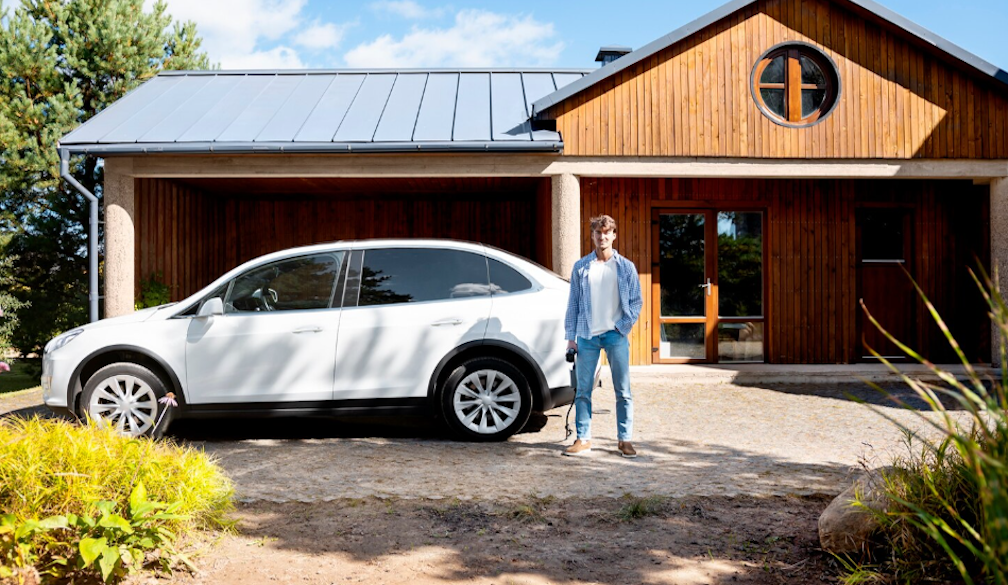How Do EV Chargers Work?
- Written by NewsServices.com

Hybrid electric and pure electric vehicles utilise EV chargers for “fueling” purposes. The cars use a battery that stores the electric charge to run the car on the road.
Owning an electric car is a decision made by many for noble purposes such as going green and having cleaner air but charging it can be a tedious daily chore.
As such, it is critical to know how EV chargers work.
The basic question is, what are EV chargers?
Every EV comes equipped with a standard-level charger, making it possible to charge it from a home unit using a 110V outlet.
Alternatively, an upgrade is available to a level 2 charger. This increases the capacity for faster charging through a 240V outlet.
The third type of charger is the DC charger, which is for commercial charging stations.
The two outlets for home charging–110V and 240V, use the home’s electrical services. They differ from each other in many ways. The level 1 charger that uses the 110V outlet is cheaper since it comes with the car and eliminates the need and expense for EV charger installation. However, it has a serious downside. It takes a great deal of time to charge the battery. If taking a 100-mile trip, the car needs 20 hours to charge the battery. A shorter trip like 70 miles requires 14 hours of charging. It requires planning and a long waiting time, which can be inconvenient. For daily commuting with an EV car, the charging time may be an issue and could force the owner to find alternative means of transport.
This can be resolved by installing an EV charger, to increase the charging capacity. This upgrade will install a 240V outlet for the level 2 charger. This cuts the time significantly. For instance, a 100-mile trip can take an average of 3-4 hours of charging time.
How to ensure proper installation for the level 2 charger
There are several things to consider when arranging for an EV charger installation for a convenient and efficient way of charging an EV.
1. Capacity
It is important to know if the electrical panel or the breaker box containing the home's circuit breakers are strong enough for the power of a 240V charger.
An expert or a qualified electrician can evaluate this and help you decide on whether it needs an upgrade to handle the high voltage.
If you have more than one EV, getting an EV charger that can handle multiple cars is helpful. You can have the chargers installed at two separate places for convenience: inside and outside the car garage for dual charging. Remember, the EV charger installed outside needs to be acceptable for outdoor use.
2. Safety
This is imperative for EV chargers since a heavy load is involved. All cables, wiring, and chargers should be handled and stored with utmost care. It can be beneficial to have a wall-mounted unit for safe storage. It is essential to have a conduit to protect the wirings from the external environment.
The location you install a charger is important since it can incur more expenses when the electrician puts a conduit between the panel and charger box. If the EV charger is installed far from the electric panel, it costs more for the electrical work and equipment.
3. Energy saving
You can choose an Energy Star rating for the EV charger to save energy. It helps minimize electricity use when not in use.
A worthy tip for increasing EV charging efficiency is looking for a vehicle with a 50-amp unit rather than the slower 32 amp charging unit. Smart features and Wi-Fi connected to a charging station can minimise charging inconveniences. For instance, some apps allow drivers to manage their charging schedules and needs with reminders and trackers.
Navigating these safety features when installing can be overwhelming. A knowledgeable electrician can help you find out more about the requirements and features for safe charging. Call a qualified electrician to safely install your EV charging station.



















